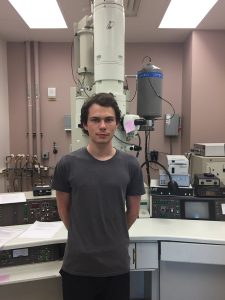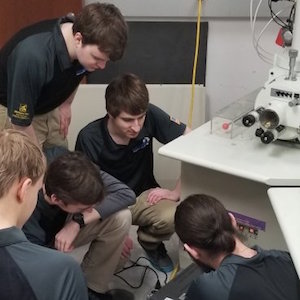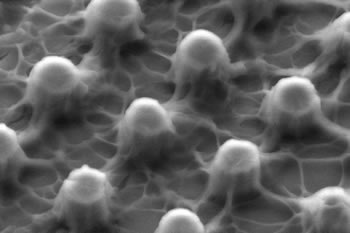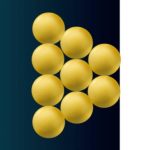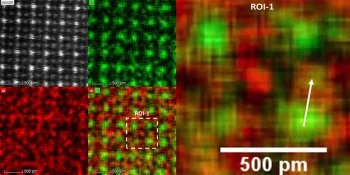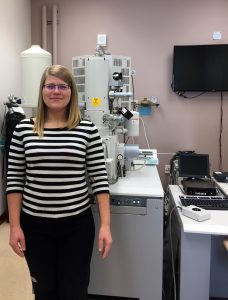ACMAL lab managers are working within the group, with other Shared Facility directors and the VPR office to formulate lab procedures to be used during this period. You can expect to receive those plans by weeks end. Please feel free to email me any ideas you may have relative to using a facility shared with other faculty and graduate students.
Updated March 13, 2020.
The ACMAL facility will be open during the one month hiatus.
Information for use of the facility during that time is included in this message.
Our overall message to you is please think ahead. If you know you will need help arrange that ahead of time.
Nearly no remote operation.
Most of the ACMAL equipment/software is not compatible with remote operation or remote data analysis. In nearly all cases you will need to come to the facility to work. An exception is two XRD software programs. Ed Laitila can help you access them ealaitil@mtu.edu .
Calendar system.
Use the calendar reservation system to book equipment time. XPS sessions can be scheduled by contacting Tim Leftwich trleftwi@mtu.edu. Avoid bringing multiple people to the lab with you. Work independently as much as possible. Special conditions apply for campus visitors who come to the labs.
Training.
ACMAL staff will do our best to accommodate training during the hiatus period, but it may not be available right away. Again, plan ahead.
Handling ACMAL equipment.
Please wear gloves for all instrument use. ACMAL staff will be cleaning door knobs, sample holders, keyboards and mice, and knob set controls each day. You can cleanse surfaces yourself if you’d like with wipes that will be available next week.
Sickness.
Do not come to the labs sick. Please refer to the University information regarding self-identifying illness and self-isolation. If ACMAL staff are exposed to COVID-19 or infected, a unit in the facility may have to be closed.
Fluid situation.
It is important to note that this situation is changing daily and you should expect adjustments to current policies and procedures. I will send you updates as necessary.
Please let me know if you have any questions or concerns. Contact me if you need help. My phone number is 906-369-1875. I don’t use text very much so call me.


